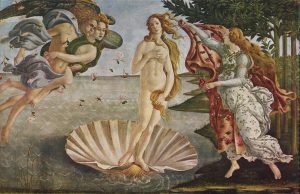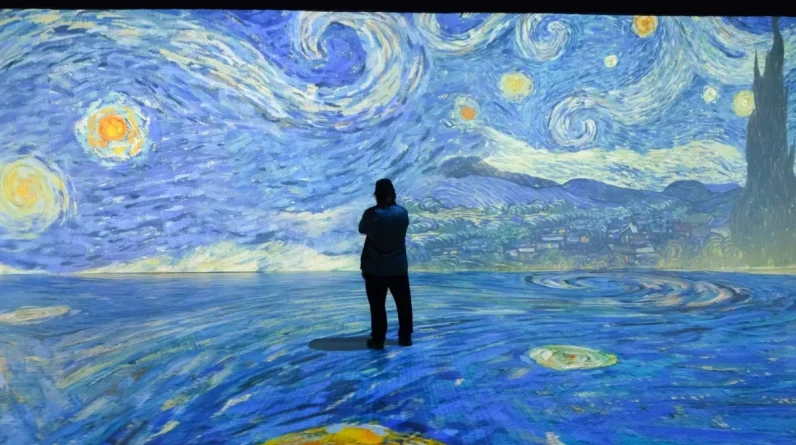
When you examine the art works of the Renaissance, you will find the three most prominent characteristics of the period. These are the Embrace of human emotions, Beauty and Harmony. During the Renaissance, these three characteristics of art were embraced by artists in the form of paintings and sculptures. They also contributed to the transformation of world patterns. If you wish to learn more about the characteristics of Renaissance art, read on.

Embrace of human emotions
The depiction of human emotions in Renaissance art reached a level never before achieved. People began to observe and study the world around them, and classical ideas were revived. Paintings of human emotions became more realistic and natural. Renaissance artists like Leonardo da Vinci embraced realism and exaggerated emotions to show their point. They also focused on the humanities and explored how people could express their emotions.
Beauty
In Renaissance art, the concept of beauty is central to artistic practice. The Renaissance artistic manuals, for example, paid attention to the way women painted their skin. Art historian Mechthild Fend has shown how changes in technique and colour influenced medical attitudes about skin. Art historians will also ask questions about how aesthetics and medical ideas about skin interacted. Among the topics that art historians are likely to focus on is the relationship between skin colour and Renaissance art.
Harmony
Many characteristics of Renaissance art emphasize harmony. Some examples of artwork that incorporate harmony are opportune compositions, linearity, and proportion. Architects such as Donato Bramante used classical proportions and employed the central plan. They also employed rotational symmetry, which involves circles, squares, and octagons. Observing nature is helpful in achieving harmony, and this principle was used in the Renaissance period as well.
Symmetry
The use of symmetry in Renaissance art and architecture can be seen in many different forms. The relationship between the two sides of an image is important, and artists of the time often used symmetry in their work. The symmetry of nature inspired Leonardo Da Vinci to create symmetrical, balanced art. The symmetry in his sculptures and paintings reflects his fascination with the world around him. In fact, he even used symmetry to help him create his famous Mona Lisa.
Linear perspective
Linear perspective in art was introduced during the early renaissance era by architect Filippo Brunelleschi. Artists were able to use this method to create the illusion of distance and space in paintings. Examples of Renaissance paintings featuring this technique include the “Statue of Brunelleschi,” the “Trinity,” and the “St. James before Herod Agrippa.” Other notable works using linear perspective include the work of Andrea Mantegna, “Metal Recto,” and the “Statue of Brunelleschi.”
Return to Classical Antiquity
The qualities that make Renaissance art unique are rooted in classical ideals. These ideals, such as symmetry and realism, contrast sharply with the work of the Greeks and Romans. The Renaissance period began as a transition from the Middle Ages, when people believed the world would end in the year 1,000 A.D. As a result, many of the earliest works of Renaissance art are distinctly Christian, but these are only a few examples of the time period.
8 Most Famous Female Renaissance Artists
8 Most Famous Renaissance Artists








